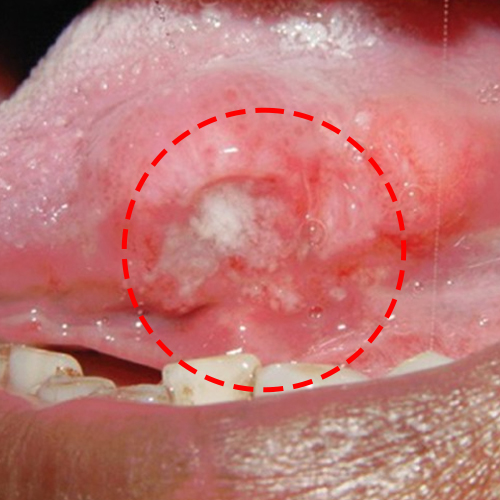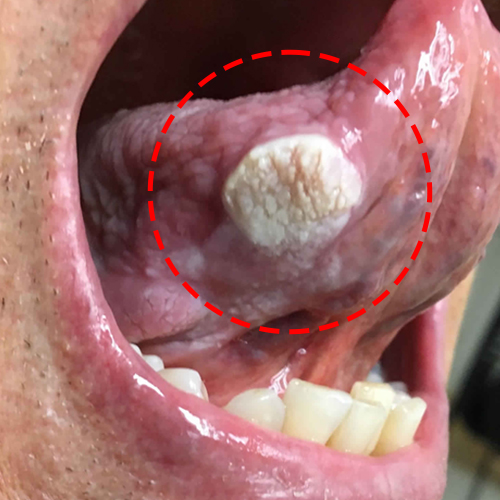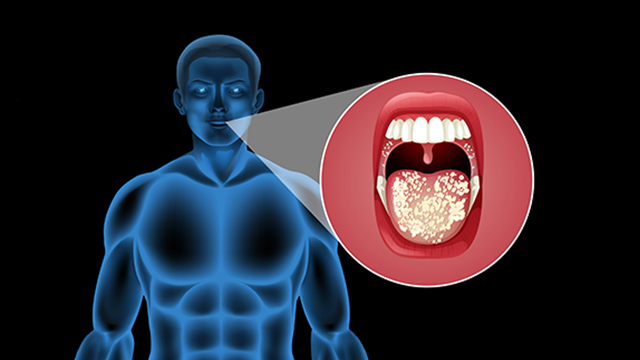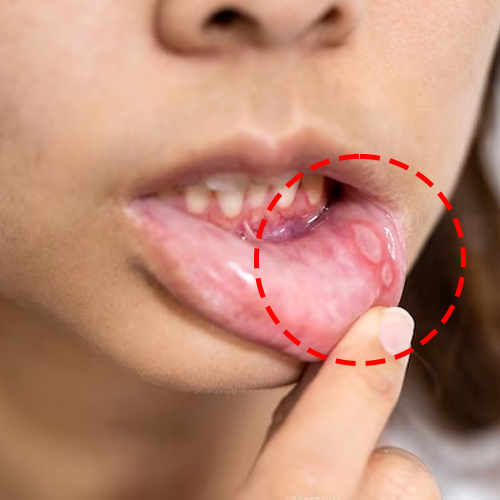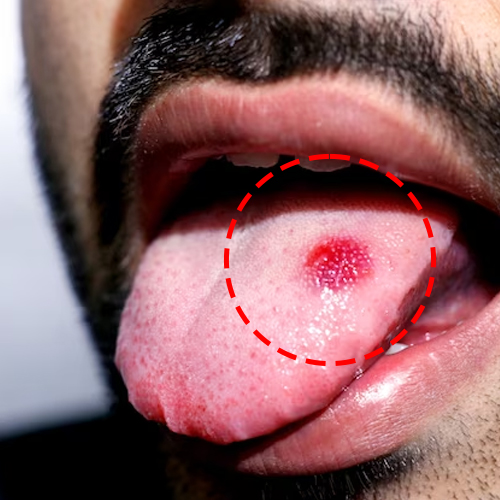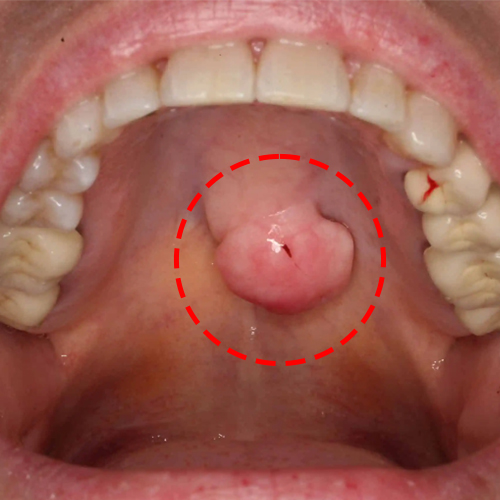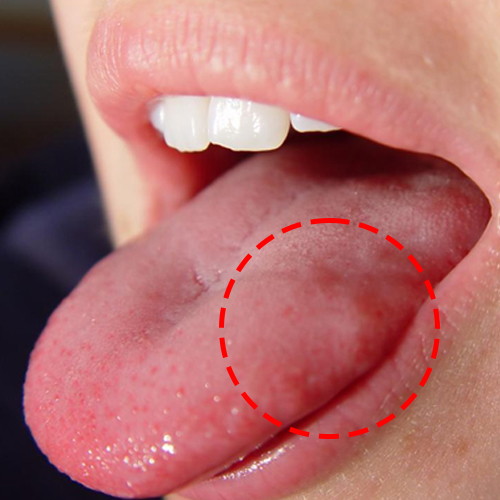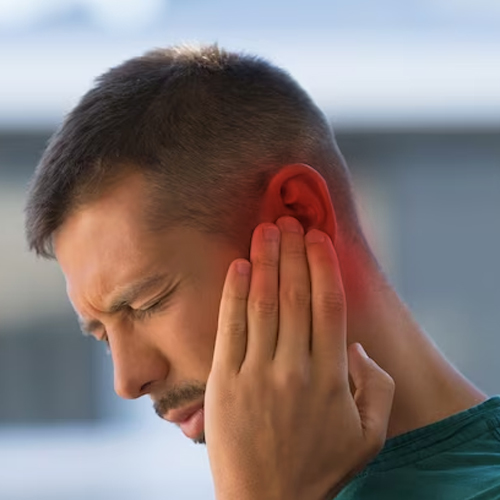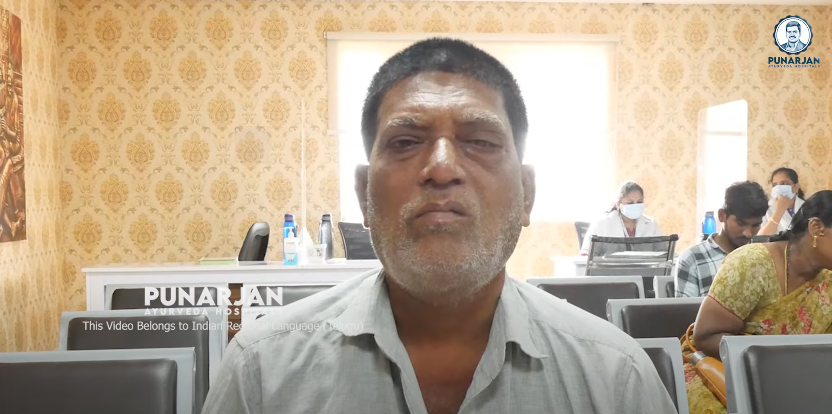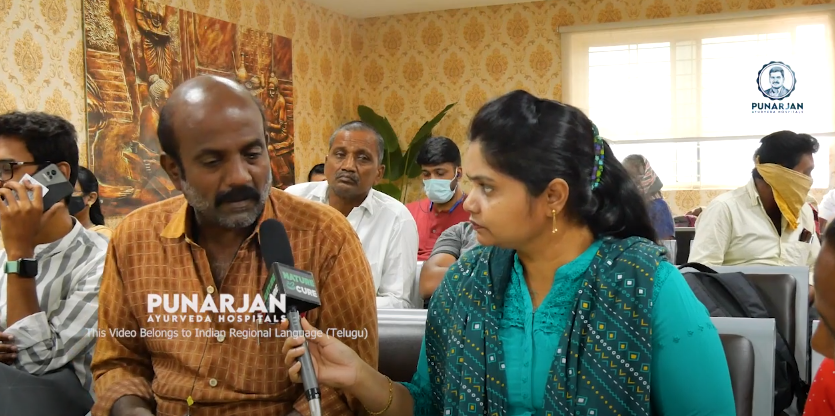Treatment modalities for oral and oropharyngeal cancers may include surgery, radiation therapy, chemotherapy, targeted therapy, immunotherapy, palliative care, etc. The treatment is recommended based on the cancer location, stage, extent of spread and other crucial aspects.
Surgery – This is the most common treatment modality used for treating stage 0 and early-stage oral and oropharyngeal cancers. Tumor resection, Mohs micrographic surgery, Glossectomy, Mandibulectomy, Maxillectomy, Laryngectomy, Trans-oral robotic surgery (TORS), neck dissection, reconstructive surgery are some of the most employed surgical interventions for oral cancer.
Radiation Therapy – This treatment modality leverages high-energy X-rays to destroy cancer cells in the oral and oropharyngeal cavities. It can be used as a standalone treatment, before or after a surgical procedure, in combination with a targeted drug and chemotherapy to achieve better results. External beam radiation therapy, and brachytherapy are the most common radiation methodologies.
Chemotherapy – Anti-cancer drugs are either taken orally or injected into the vein during chemotherapy sessions, either planned post-surgery or before the surgery. This can be combined with radiation therapy, known as chemoradiation to destroy cancer cells. This treatment modality might have short and long-term side effects.
Targeted Therapy – Epidermal growth factor receptor (EGFR) is a protein that helps cancer cells grow. Targeted drugs are administered specifically to target cancer cells with EGFR changes. This can be combined with chemotherapy, and radiation therapy to treat advanced-stage oral and oropharyngeal cancers. Headaches, diarrhea, and fatigue are some of the commonly observed side effects of targeted therapy.
Immunotherapy – PD-1 inhibitors are leveraged to enable the patient’s immune system to find and eliminate cancer cells.
